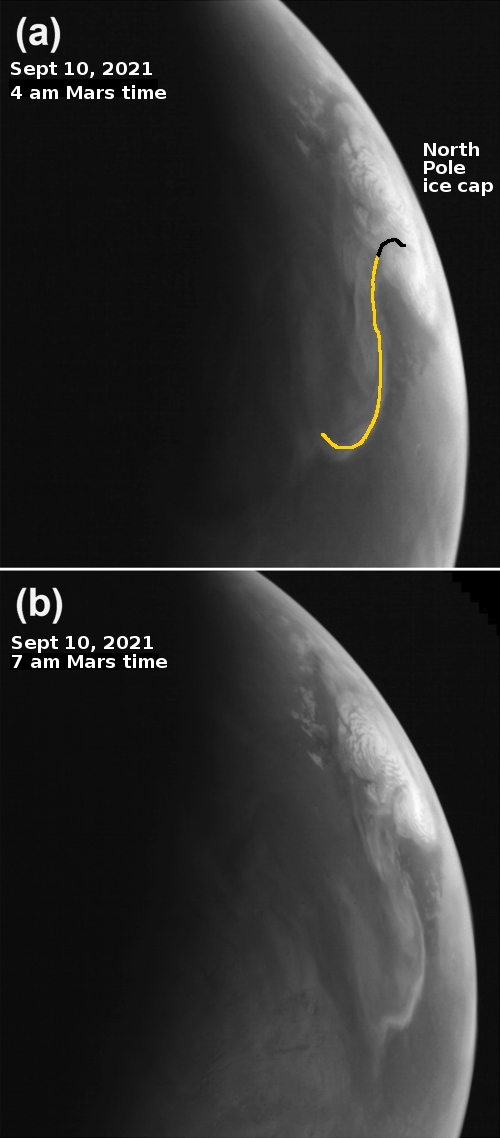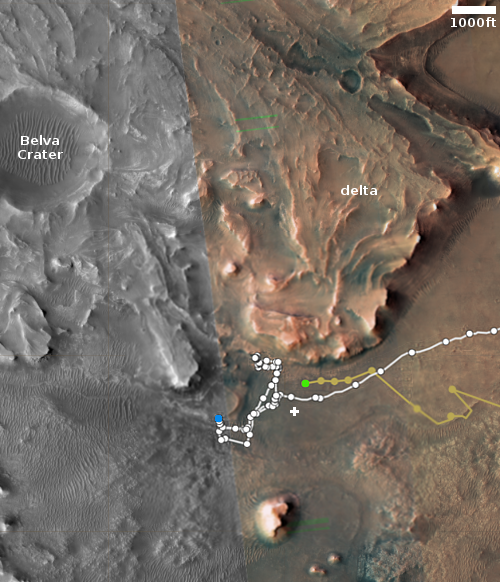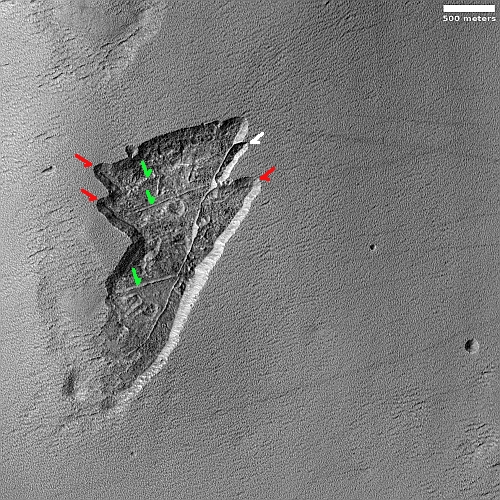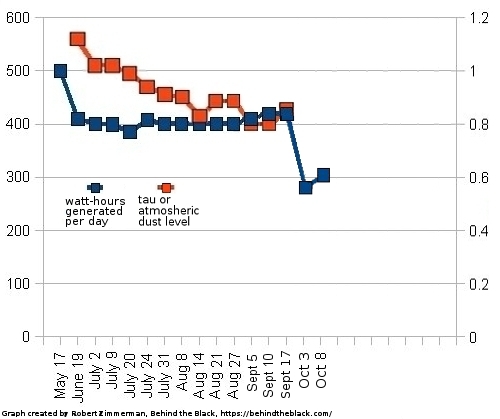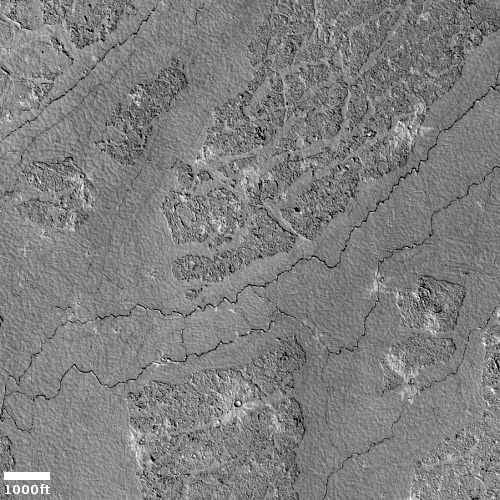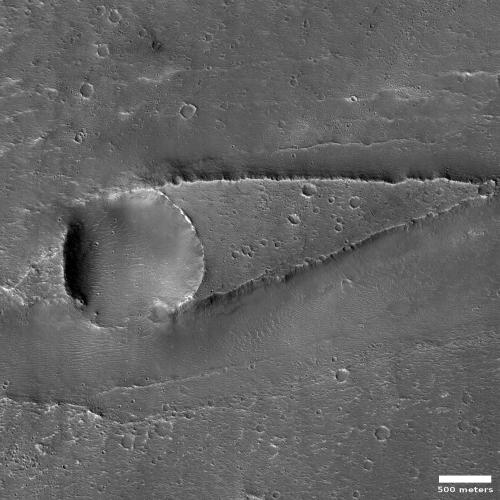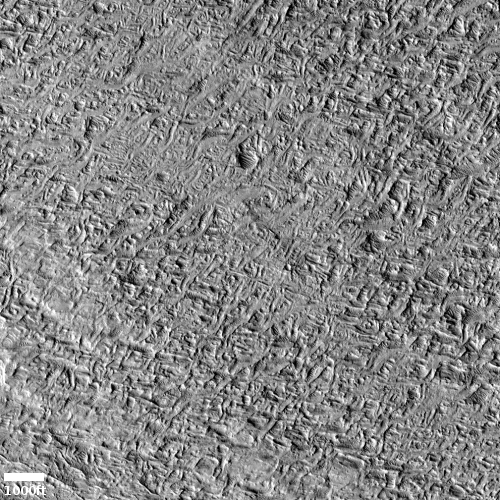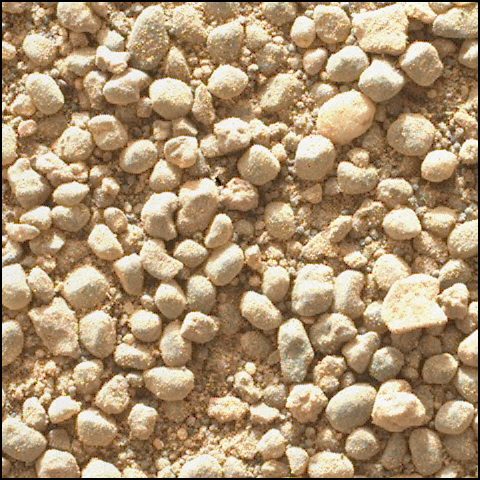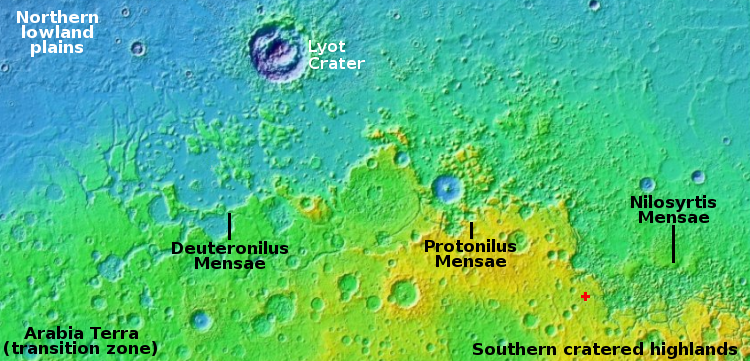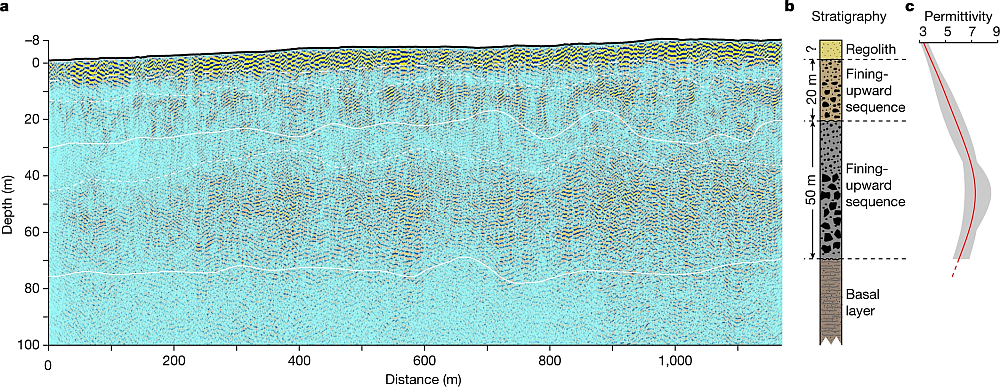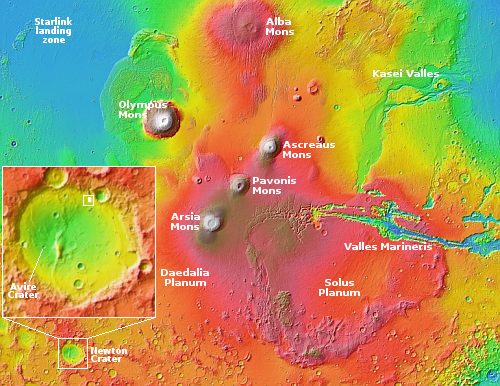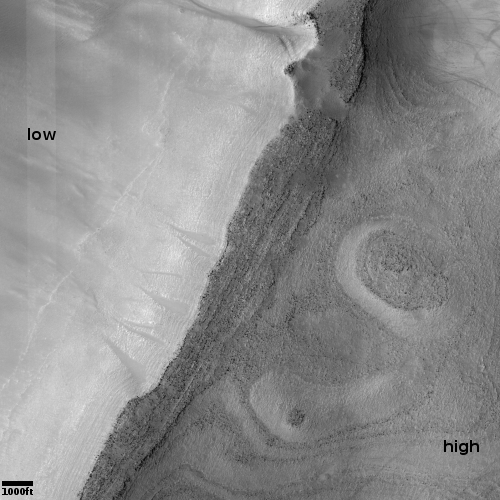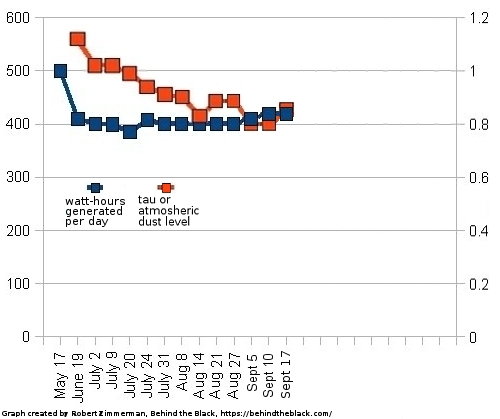InSight status update: still alive!
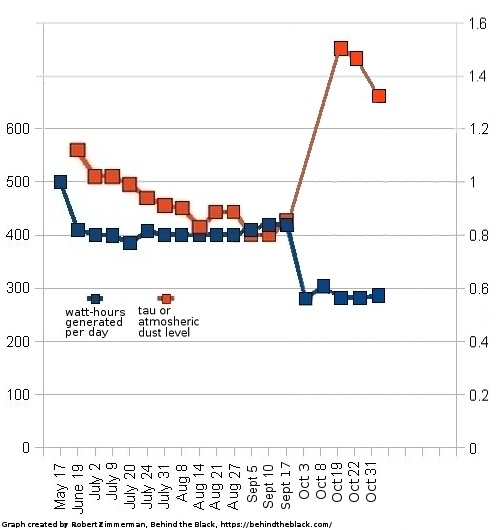
UPDATE: JPL has released a press release, outlining the steps the InSight team will take to shut the mission down. Key quote:
NASA will declare the mission over when InSight misses two consecutive communication sessions with the spacecraft orbiting Mars, part of the Mars Relay Network – but only if the cause of the missed communication is the lander itself, said network manager Roy Gladden of JPL. After that, NASA’s Deep Space Network will listen for a time, just in case.
There will be no heroic measures to re-establish contact with InSight. While a mission-saving event – a strong gust of wind, say, that cleans the panels off – isn’t out of the question, it is considered unlikely.
Original post:
—————–
Another update on the power levels on the Mars lander InSight was released today, and is shown on the graph to the right.
As of October 31, 2022, InSight is generating an average between 280 and 290 watt-hours of energy per Martian day, or sol. The tau, or level of dust cover in the atmosphere, was estimated at 1.33 (typical tau levels outside of dust season range from 0.6-0.7).
Though the dust level in the atmosphere has dropped, it still is high. Moreover, there is no sign of any clearing of dust from InSight’s solar panels. During the press conference late last week announcing the discovery of impact craters using InSight’s seismometer, the science team gave the lander no more than six weeks of life. One of those weeks has now ticked off.

UPDATE: JPL has released a press release, outlining the steps the InSight team will take to shut the mission down. Key quote:
NASA will declare the mission over when InSight misses two consecutive communication sessions with the spacecraft orbiting Mars, part of the Mars Relay Network – but only if the cause of the missed communication is the lander itself, said network manager Roy Gladden of JPL. After that, NASA’s Deep Space Network will listen for a time, just in case.
There will be no heroic measures to re-establish contact with InSight. While a mission-saving event – a strong gust of wind, say, that cleans the panels off – isn’t out of the question, it is considered unlikely.
Original post:
—————–
Another update on the power levels on the Mars lander InSight was released today, and is shown on the graph to the right.
As of October 31, 2022, InSight is generating an average between 280 and 290 watt-hours of energy per Martian day, or sol. The tau, or level of dust cover in the atmosphere, was estimated at 1.33 (typical tau levels outside of dust season range from 0.6-0.7).
Though the dust level in the atmosphere has dropped, it still is high. Moreover, there is no sign of any clearing of dust from InSight’s solar panels. During the press conference late last week announcing the discovery of impact craters using InSight’s seismometer, the science team gave the lander no more than six weeks of life. One of those weeks has now ticked off.


